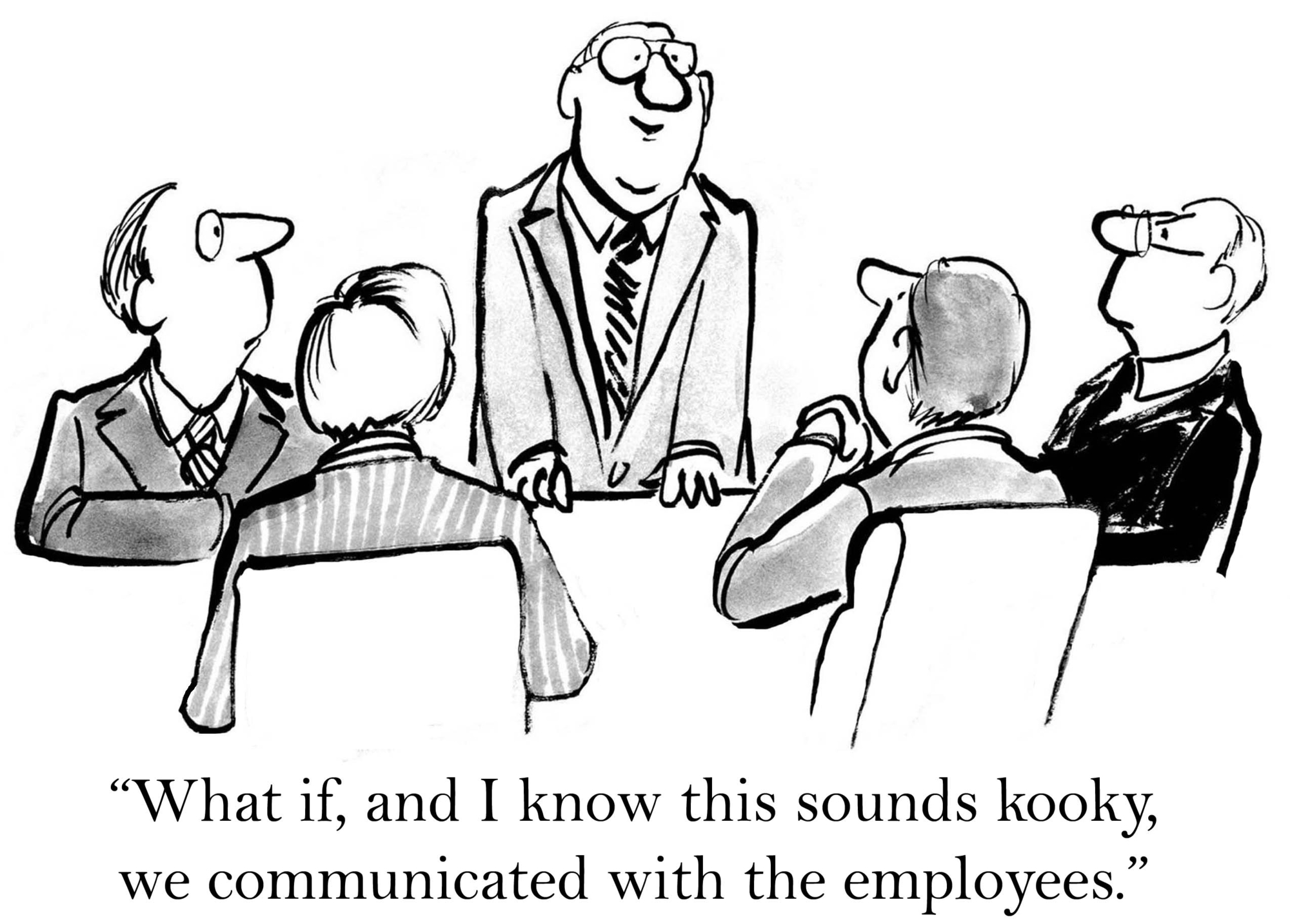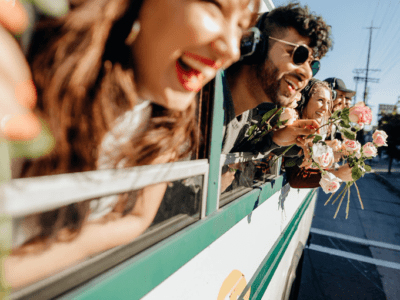Imagine walking into a room where every voice is heard, every concern is addressed, and every team member feels valued and understood. In this world, leaders are not just bosses but mentors who foster genuine connections and inspire trust. Welcome to the realm of empathetic leadership, where emotional intelligence reigns supreme, transforming ordinary workplaces into extraordinary communities.
On our Team Building Saves the World podcast on employee retention, Sandra Kearney, CEO of Human Power Solutions, explains that if you have high employee turnover, “you are just throwing money out the window.”
“It’s really expensive to find, recruit, and train an employee and then have them leave after a year. When an employee leaves like that, it creates a void in whatever they were doing — whether they were sweeping the floors or running the finances.”
Many employees leave for reasons that are completely within your control, including company culture, work environment, and leadership.
One solution to this problem is cultivating a corporate culture that values empathy, especially in leadership positions. Leadership empathy is critical to boosting employee engagement and worker retention. It is a vital skill that every CEO, manager, or team leader in your company should cultivate.
 What Is Empathetic Leadership?
What Is Empathetic Leadership?
Empathy is the ability to understand the feelings, actions, and thoughts of others. It is about putting yourself in someone else’s shoes to understand how they’re feeling in a certain situation.
However, empathy should not be confused with sympathy. Sympathy is feeling sorry for someone or feeling pity towards them. Employees are not looking for sympathy from their employer or manager. Rather, they want the understanding that comes with empathy.
Truly empathetic leaders have the ability to connect with their team members and form close relationships. They support their employees in achieving their full potential, strengthen bonds between team members, and increase the performance of groups and individuals.
The Importance of Empathy in Leadership
Connecting empathy and leadership in the workplace is essential to maintaining a happy and positive work environment.
A 2024 State of the Workplace study found 63% of employees think the current state of empathy at their workplace needs to evolve. This thinking directly contradicts how CEOs view empathy, with the same study reporting that 63% of CEOs fear that they will be less respected if they show empathy in the workplace.
Between the ideology of the newer workforce and the aftermath of the pandemic, empathy is no longer looked at as a luxury to have in management but a necessity to retain employees. It is important CEOs and other company leaders understand that empathy is not a sign of weakness, but a sign of strong leadership.
How to Foster Empathetic Leadership
In order to truly foster an empathetic workplace, it is important that empathy starts with the leaders. Here are a few important steps to take:
1. Invest in Long-Term Relationships with Your Employees
Your employees’ relationships with you are significant to how they perceive the company. Building meaningful relationships with your employees should be part of your employee retention strategy.
You don’t have to be friends, but you should cultivate healthy interpersonal relationships with team members. This cultivation will help you know what they need to belong and succeed, increasing their likelihood of longevity.
 2. Be Sensitive to Your Employees’ Needs
2. Be Sensitive to Your Employees’ Needs
Take an interest in employees and their lives and be sensitive to what they need. For example, be open to letting employees be flexible in their work schedules to accommodate commitments as caregivers to elderly relatives and children.
Find out what your employees need to be happy at work and figure out how to work with that while still meeting company needs.
 3. Make DEIB A Priority
3. Make DEIB A Priority
A goal of empathic leaders should be building positive bonds between employees. A great way to do this is by promoting and cultivating a diverse and inclusive work environment.
This starts in the hiring process. According to the 2024 State of the Workplace study, around 8 in 10 employees agree that empathetic work environments happen when you recruit diverse and inclusive employees.
Diversity, Equity, Inclusion and Belonging (DEI&B) training, programs, and workshops are another way you can build an empathetic work environment. Your employees’ demographics affect their workplace experiences. Try arranging events to promote understanding among employees and how their coworkers’ may have had different experiences.
4. Remove The Stigma Around Mental Health
Recently, mental health benefits and understanding in the workplace has become just as important as physical health. However, there is still a stigma around mental health and many employees believe that asking for help will jeopardize their job security.
Effective mental health awareness and support in the workplace requires empathetic and open leaders. Some steps you can take to remove the mental health stigma include:
- Leading by example: Seeing managers take mental health days or utilize mental health programs and resources at the company will encourage employees to do the same.
- Sharing experiences: If a leader at the company is comfortable sharing their personal mental health experiences, have them write a blog or host a live chat. This plays into the idea of leading by example in the workplace.
- End the awkward silence: Oftentimes, when an employee goes to their manager to explain their mental health needs, they are met with an awkward pause or silence. This furthers the stigma that mental health is embarrassing. Try to avoid these pauses as much as possible, and fill the silence by thanking them for sharing and asking questions.
5. Support Your Employees
Your employees should know you have their back — always. Show support by giving them what they need to do their jobs and then some. Kearney suggests asking a simple question, “How can I help you today?”
Asking your employees a non-work-related question every day can also help them feel supported and appreciated. Some examples are, “How have your kids been?”, “How have you been feeling this week?”, or “Is there anything I can do to make your work from home set up better?” Taking a few seconds out of the day to send that message can make all the difference.
Are You Ready to Be an Empathetic Leader?
Employees often leave managers, not companies. As a result, empathy is a crucial leadership trait. It improves the work environment and company culture. Moreover, it enhances employee experiences at work, which means employee retention rates rise alongside employee productivity, innovation, and engagement.
Are you ready to be an empathetic leader and build a stronger team but not sure where to start? Team building is a great way to start strengthening bonds and improving employees’ overall work experience, which will help raise your employee retention rates. To get started, check out TeamBonding’s virtual and in-person team building activities, and customize an activity to fit your team’s unique needs.


















